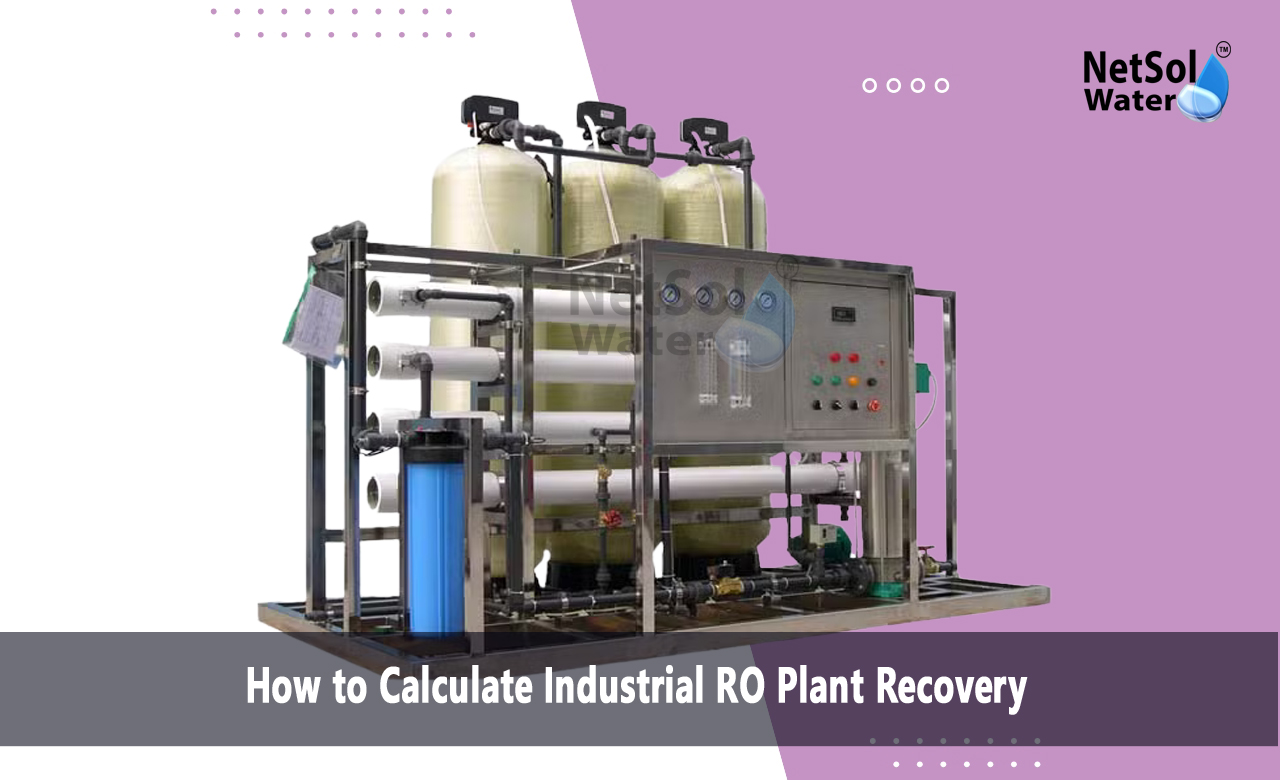How to Calculate Industrial RO Plant Recovery?
Calculating industrial RO plant recovery helps measure how much water the reverse osmosis plant recovers in industrial work. We explain how to calculate industrial RO plant recovery clearly and simply. The process shows the performance of the water treatment system and helps plant operators see the benefits of accurate numbers.
The basics of the calculation process matter a great deal for anyone who works with reverse osmosis plants. Understanding the fundamentals helps you see how the flows work and how the formula gives a clear picture of the recovery.
What is the Feed and Permeate?
In an industrial reverse osmosis plant, the feed water enters the system and the permeate water leaves as the clean water. The remaining water leaves as concentrate. This difference gives the basis for the calculation. The feed water and the permeate water become the key numbers that you use to work out the recovery rate. This basic idea makes it easy to see how well the system performs.
Basic Formula and Terms
Let us have a look at some basic terms and the simple formula that shows the recovery percentage. The formula tells you to divide the permeate flow by the feed flow and then multiply by one hundred. The numbers that you use come from the measurements that you take at the plant. This simple method gives you the recovery percentage in a direct way and helps you see the efficiency of the system.
The practical methods for calculation
Measuring Water Flows
It is important to measure the water flows with care and to use proper instruments. The flow meters show the feed water and the permeate water in clear numbers. You check the readings at the same time each day to see if the numbers stay consistent. The measured numbers give you the data that you need for the calculation. This step makes the process more reliable and shows how each reading connects to the recovery rate.
Checking System Performance
It helps to check the system performance over time so that you see any changes that may occur. You record the flows each day and note the changes in the numbers. You use the simple formula again and again to see if the system works as expected. The repeated calculation gives you a clear idea of how the system performs and helps you make small adjustments to improve the operation.
Common challenges and useful tips that help you get accurate results.
Troubleshooting Measurement Errors
It is common to face errors when you measure the water flows. The instruments may give a reading that is not clear or a small error may happen because of simple reasons. You check the instruments on a regular basis to see that they work well. The correction of any error helps you get the right numbers for the calculation. This step shows how small fixes help improve the overall recovery rate.
Tips for Consistency
You work with the same instruments each time and record the numbers in a steady way. The use of consistent methods helps you see trends in the numbers over time. The steady recording of data makes the calculation easier to follow and gives you a true picture of the system performance. The careful approach to every measurement makes it simple to track changes and see how the recovery improves over time.
Conclusion
The discussion shows that every step matters when you work with reverse osmosis systems. The process runs smoothly when you record the numbers well and use the formula correctly. The calculation helps you see how the system performs and shows if there is a need to adjust the process. It gives you clear feedback on the efficiency of your water treatment.
Contact Netsol Water at:
Phone: +91-965-060-8473, Email: enquiry@netsolwater.com



